As wearable sensors have become lighter and cheaper, they have found their way into a range of fitness trackers and health apps. They monitor our movement and record our heart rhythms. They can even gauge the quality of our sleep. For autism researchers, wearable sensors are providing a novel way to track early development. Click on the image above to watch this video report.
Video: Wearable sensors pick up early signs of autism
Audio and motion-sensor recordings offer a remote window into a baby’s first years and make it easier for families to participate in research.
By
Katie Moisse
30 August 2021 | 4 min watch
tags:
Recommended reading

Ramping up cortical activity in early life sparks autism-like behaviors in mice
By
Sarah DeWeerdt
30 October 2025 | 6 min read
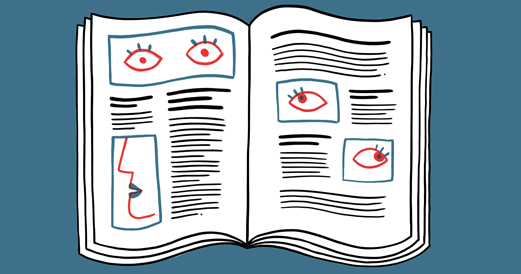
New method identifies two-hit genetic variation in autism; and more
By
Jill Adams
28 October 2025 | 2 min read
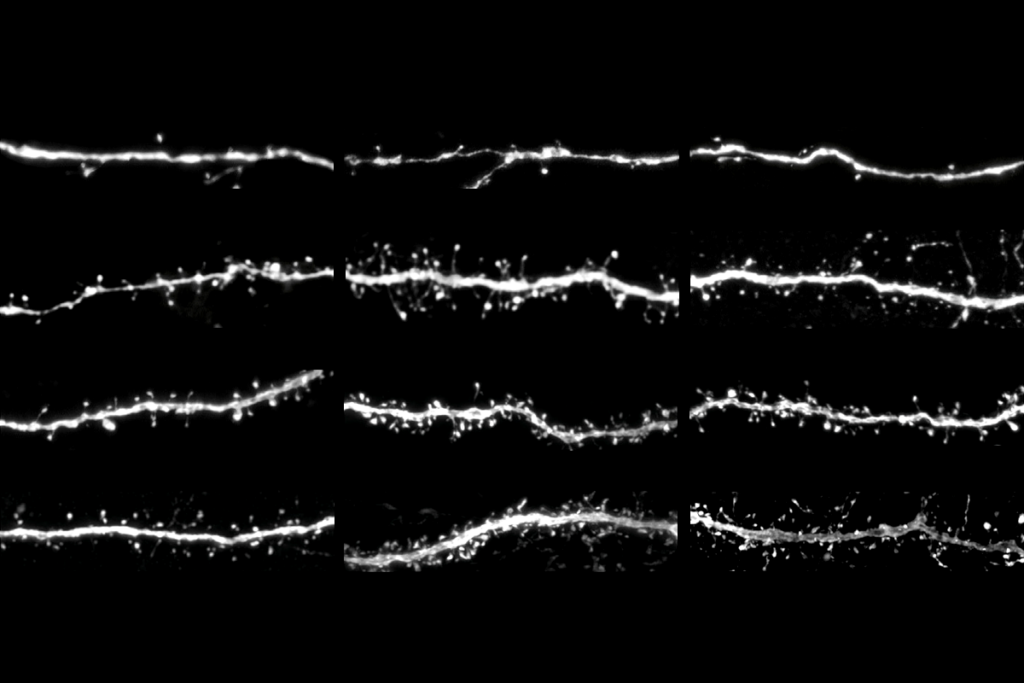
Protein tug-of-war controls pace of synaptic development, sets human brains apart
By
Holly Barker
23 October 2025 | 9 min listen
Explore more from The Transmitter
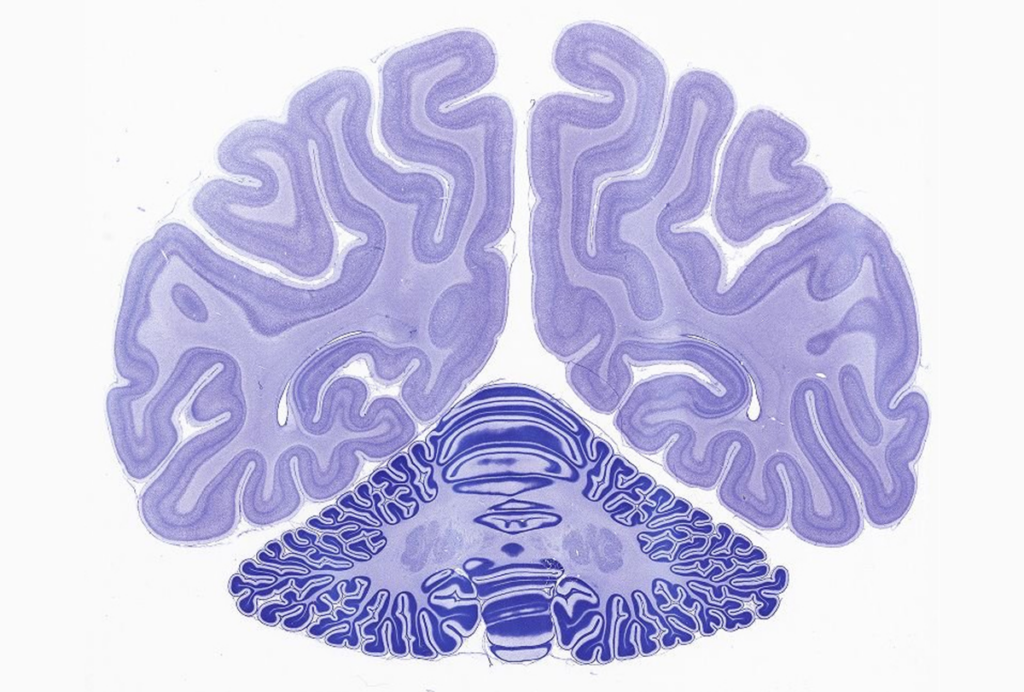
Nonhuman primate research to lose federal funding at major European facility
By
Lauren Schenkman
30 October 2025 | 4 min read
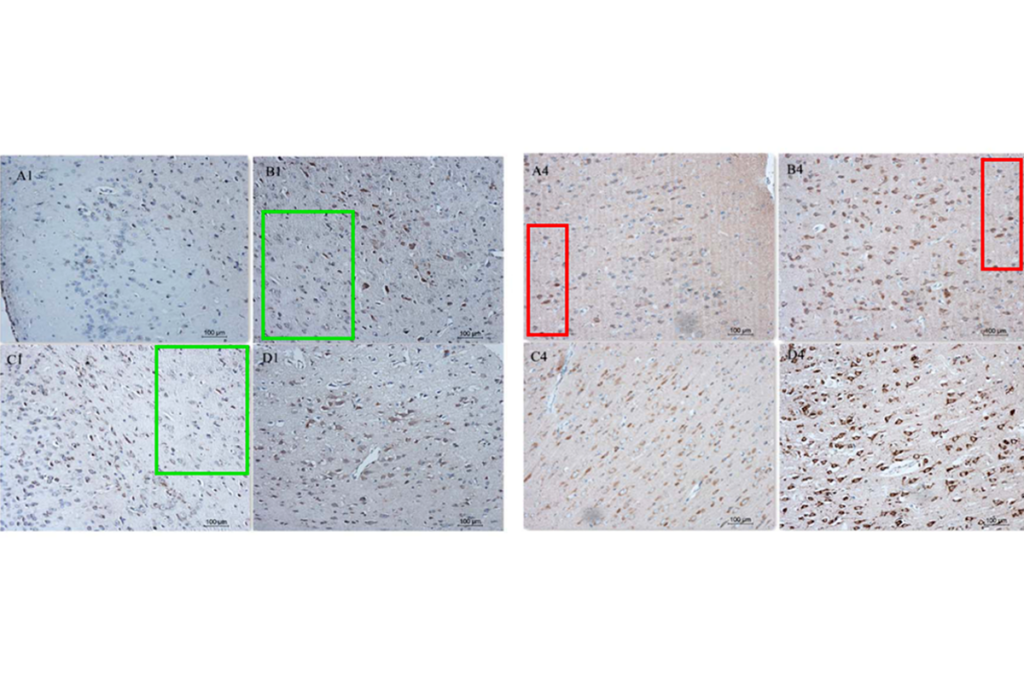
Image integrity issues create new headache for subarachnoid hemorrhage research
By
Lauren Schneider
30 October 2025 | 5 min read
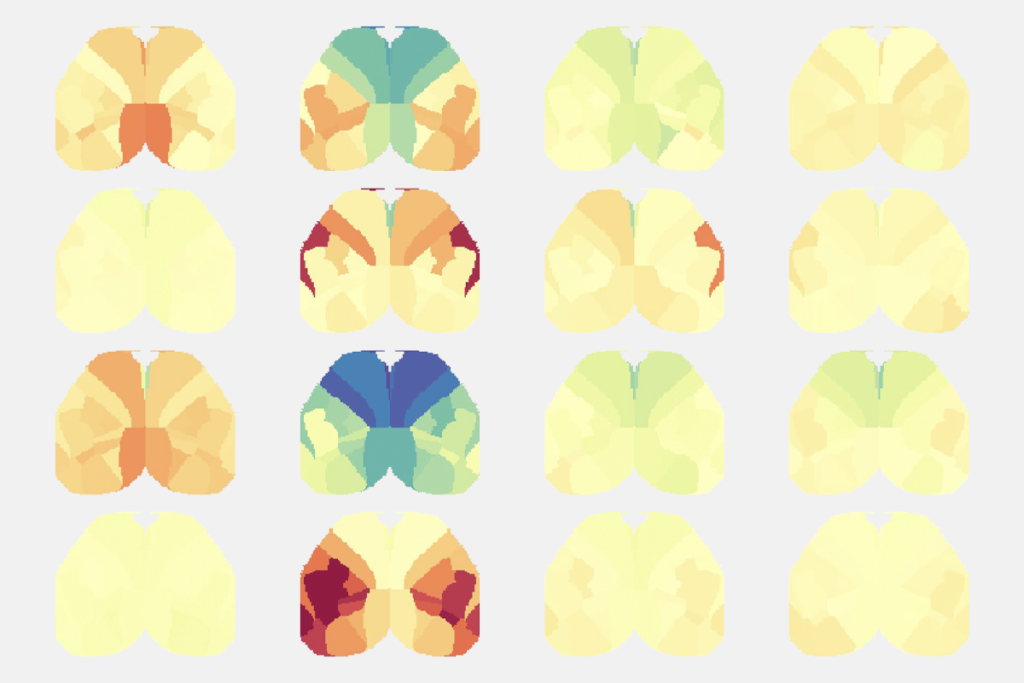
Psychedelics muddy fMRI results: Q&A with Adam Bauer and Jonah Padawer-Curry
By
Calli McMurray
29 October 2025 | 7 min read
Cite this article: